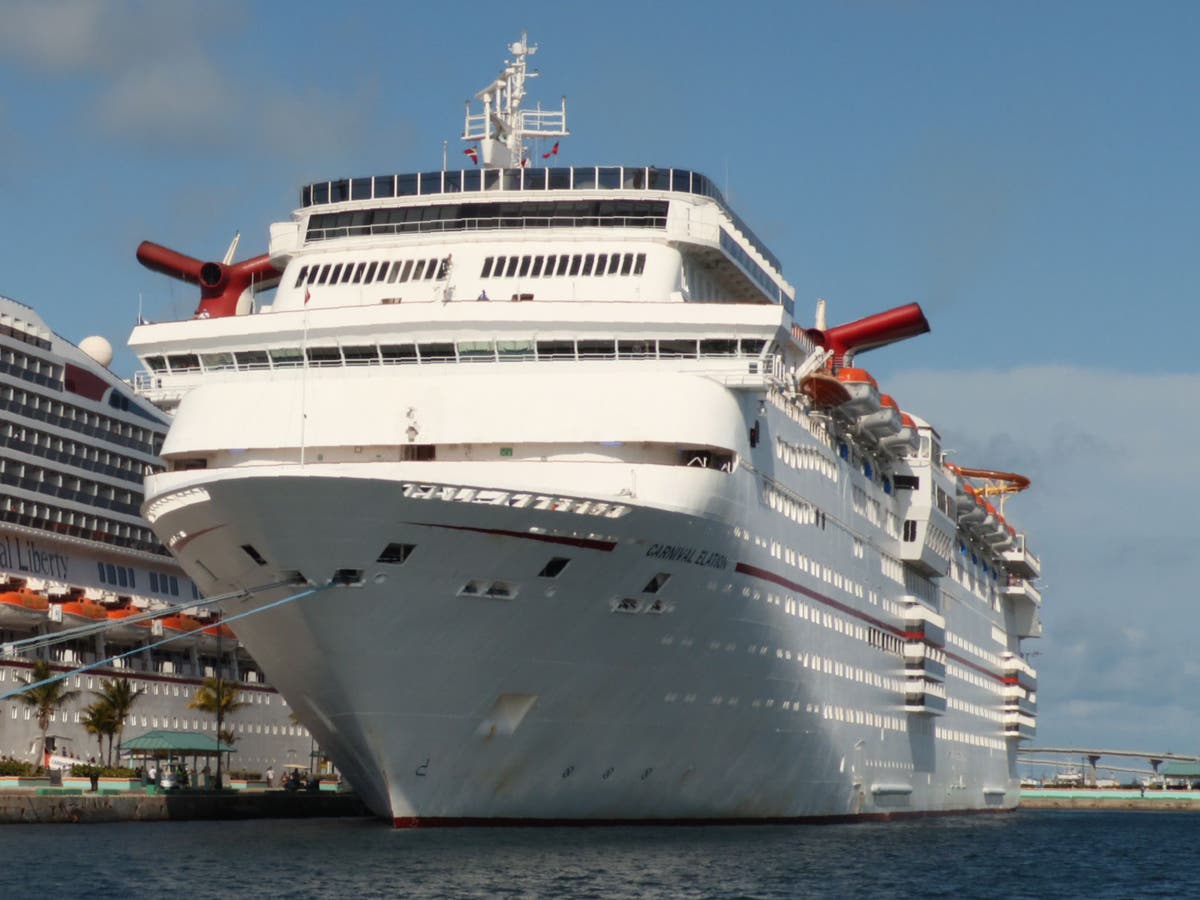Cruise Ships Face Health and Sanitation Challenges in 2024
The dirtiest cruise ships of 2024 revealed, according to the CDC

Cruise ships are a popular choice for vacations, offering travelers a unique way to explore multiple destinations while enjoying onboard amenities. However, the 2024 cruise season has been marred by a series of health and sanitation issues. Reports of virus outbreaks, unpleasant odors, and plumbing problems have led to significant delays and cancellations. The Centers for Disease Control and Prevention (CDC) plays a crucial role in monitoring the health standards of these vessels through its Vessel Sanitation Program. This program aims to prevent and control public health issues by conducting inspections and assigning scores to cruise ships.
CDC Inspections and Scores
The CDC conducts regular inspections of cruise ships to ensure they meet health and safety standards. Each ship is assigned a score out of 100, with scores below 85 categorized as “not satisfactory.” The inspections cover various areas, including pools, hot tubs, play areas, handwashing stations, and food storage conditions. The presence of vermin or roaches can lead to significant score deductions, while a lack of handwashing stations may result in lesser penalties.
In the 2024 report, the average score from 151 inspections was 95.9. Notably, 23 vessels underwent a second inspection. However, nine ships failed to achieve a score of 90. Among these, the Hanseatic Inspiration by Hapag-Lloyd Cruises initially received a low score of 62 but improved to 89 after a subsequent inspection. Other ships, such as the Carnival Elation and Adventure of the Seas, scored 89, while several others scored between 86 and 88. This data highlights the ongoing challenges faced by the cruise industry in maintaining high sanitation standards.
How Marine Insurers Are Driving Transparency And Decarbonisation Across International Shipping
Virus Outbreaks and Health Concerns
The cruise industry has also been grappling with virus outbreaks, particularly Norovirus, which is known for causing severe vomiting and diarrhea. The CDC reported 15 outbreaks of illness across various cruise lines in the past year, with Norovirus being the most common culprit. This highly contagious virus is particularly prevalent during the colder months and is a leading cause of foodborne illness in the United States.
One significant outbreak occurred on the Coral Princess, which was on a month-long charter from Singapore to Los Angeles. During this voyage, 55 passengers and 15 crew members fell ill. The outbreak was first reported on November 9, raising concerns about the ship’s health protocols. Other pathogens, including salmonella and E. coli, were also identified in recent outbreaks. The CDC only reports outbreaks when symptoms are observed in more than 3% of passengers or crew members, underscoring the importance of rigorous health monitoring on cruise ships.
In response to these challenges, cruise lines are emphasizing their commitment to hygiene and safety. Hapag-Lloyd Cruises, for example, expressed disappointment over the initial low score for the Hanseatic Inspiration, stating that they have consistently met strict hygiene requirements worldwide. As the cruise industry navigates these health challenges, maintaining high sanitation standards will be crucial for restoring passenger confidence and ensuring safe travel experiences.
